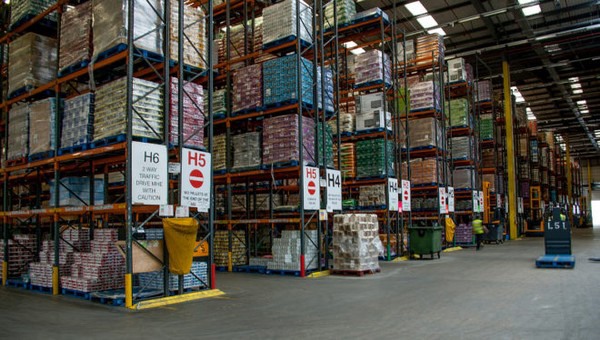The Center for Produce Safety awarded more than $300,000 to a research project that is examining the risk of contamination in distribution center environments by surveying managers and collecting testing samples at their facilities, focusing on potentially high-risk areas, practices and equipment.
The Food and Drug Administration’s Preventive Controls for Human Food Rule requires environmental monitoring programs within registered facilities, this includes distribution centers (DCs) that handle produce.

Products often arrive at the DCs fully packaged and receive minimal handling. But produce is typically packaged in bags or boxes that allow for dissipation of accumulated gas and moisture generated by the produce after harvest. That is the reason the FDA suspects that produce entering DCs is at risk of environmental contamination.
A lack of information exists regarding the likelihood of microbial contamination within DCs. That is why Laurel Dunn, the lead investigator with the University of Georgia, started the research.
“I think the DCs are a little out of sight, out of mind,” she said. “We have been so focused on foodborne outbreaks and what’s happening at the field level or packinghouse wash water and employees and hand hygiene.”
This project is surveying management practices and sampling DCs to determine contamination risk in their environments. The project is focused on the Listeria genus because those bacteria do well indoors and once in a facility, they are difficult to eliminate. The researchers’ hope is that the project will yield a set of risk-reduction guidances for DCs.
Dunn’s two co-investigators — Laura K. Strawn from Virginia Tech and Ben Chapman from North Carolina State University – have years of experience studying potential foodborne outbreak risks in retail.
Results so far
The study is already showing results. As of June 2020, researchers had visited and sampled six DCs. Based on sampling data from the centers, several sites already appear to be of particular concern regarding Listeria spp. harborage. Sponge samples have been collected across all six facilities. Of the samples, 11 tested positive for Listeria species. To date, Listeria spp. positive samples occur most commonly in floor cracks, seams, and repaired or patched flooring.
Other Listeria harborage sites have included distribution and sanitation equipment, such as pallet jack wheels, a squeegee, and a dust mop. These sites have been previously associated with Listeria harborage in food facilities. No air impaction samples have indicated the presence of airborne Listeria.
“I think given the trends we’re already seeing, we’re already pretty clear there will need to be some written guidances for DC management,” Dunn said. “These will be based on some high-risk areas, practices and/or equipment in DCs that we’ve found in the study.”
Source: FoodSafetyNews









